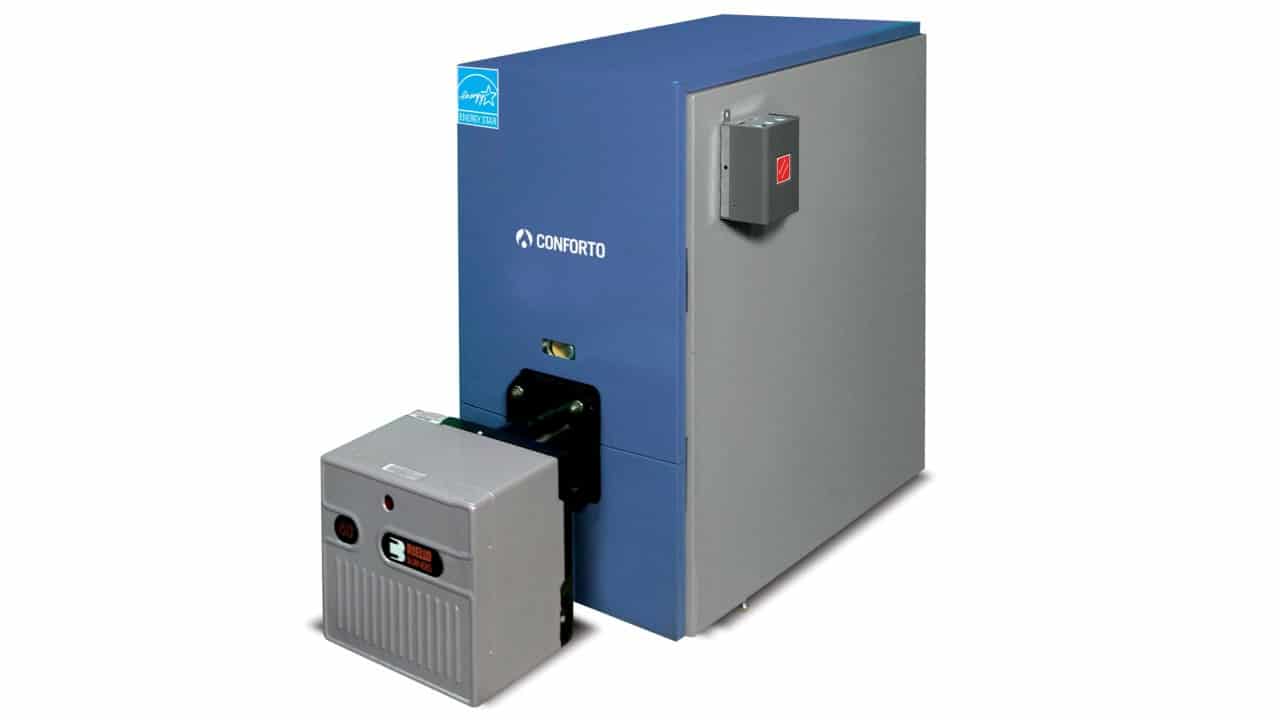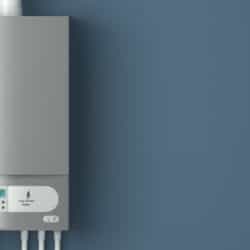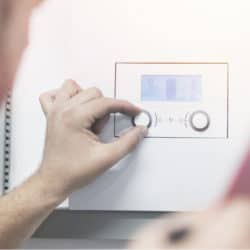Oil Boilers have temper tantrums the same way as our vehicles do when the proper maintenance is not provided. When a tune up on our vehicle is overdue, it refuses to work, so will the boiler and it will break down. The last thing you want to experience is waking up in a cold house and bathing in cold water. Calling the boiler names and yelling at it will not make the boiler work. There are a few things you can check before you have to call a professional technician to fix the boiler system.
Contents
How Do I Check For Boiler Problems?
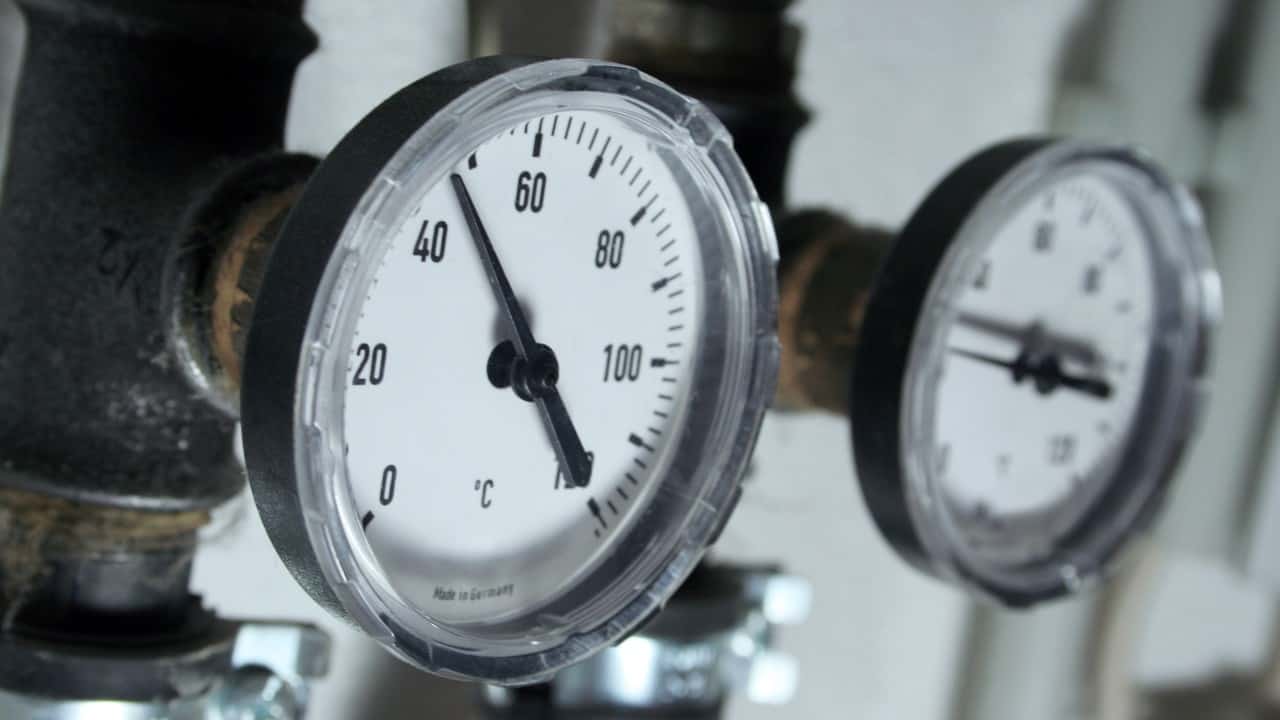
- Make sure the boiler switch is on if you have no heat.
- Check the breaker switch and reset it and replace any blown out fuses.
- Make sure there is oil in the tank.
- Fill the tank if the oil level is less than 1/4 or use diesel fuel until a delivery is made to your home.
- Push the reset button that is attached to the burner.
- Check for puddles of water on the floor underneath the burner.
- Black smoke shouldn’t be coming from the burner.
- The flame is yellow instead of blue because the soot is burning with the oil.
How Do I Get the Boiler To Work?
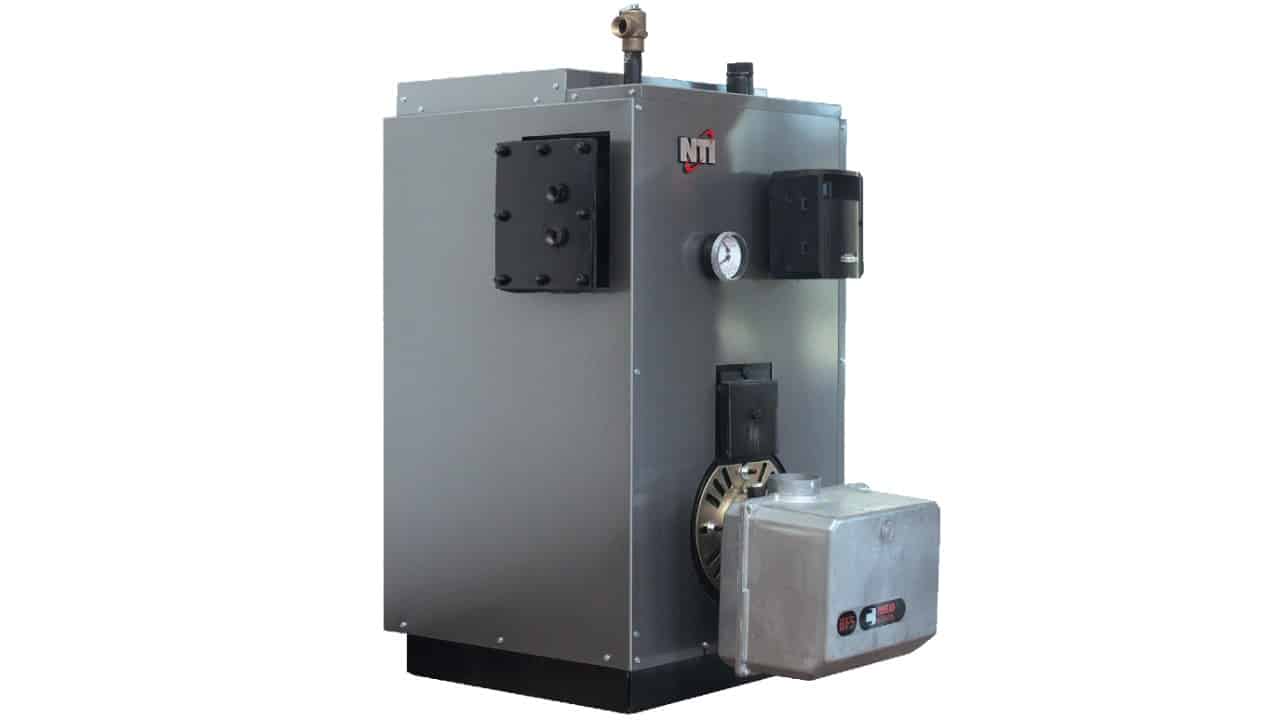
Photo by Mike Capson via NTI Boilers (CC BY-NC-ND 3.0)
The most common problem that will keep the burner from coming on is because the heating oil or diesel fuel has just been put in the tank and the line needs to be opened.
The burner has to be primed like a car engine when gas has just been added to the gas tank. The user’s manual has a description and the location where the bleeder valve is located. If a manual is not handy at the time, depending on the make and model of your burner the bleeder can be located on the top, side, or bottom of the boiler system.
Related: best pellet stove for home heating
The tools you need for repair, as well as boiler maintenance, are a pair of gloves, a hard brush to clean the soot off and out of the bowl; wrenches to remove bolts and nuts; a small container to place under the bleeder valve; a short length of hose; rags to wipe up the oil and water; a portable light and a vacuum cleaner with a long nozzle attachment. This may sound hard, but it’s really easy.
I’ve also written a guide on different types of boilers and a guide on the differences between boilers and water heaters.
Servicing an Oil Boiler by Bleeding the Oil Line
- In order to start boiler maintenance process, locate the red restart button on the boiler system.
- The bleeder is attached to the burner and is a very small valve with an opening in the top with a bolt at the bottom of the valve.
- Lay down the rags under the bleeder to catch the spills.
- Take the wrench and place it on the bolt of the bleeder. Don’t turn the wrench yet.
- Place the hose on the bleeder and into the can or place the container under the bleeder.
- Turn the bolt counterclockwise until the valve is open.
- Set the thermostat higher than normal, at least ten to fifteen degrees.
- Let the air and air bubbles run through the hose or into the container until you see that the oil is clear.
- If the bleeder valve stops, wait 45 seconds and press the restart button.
- Close the bleeder valve and the boiler will start.
How to Check for Other Problems during Boiler Maintenance
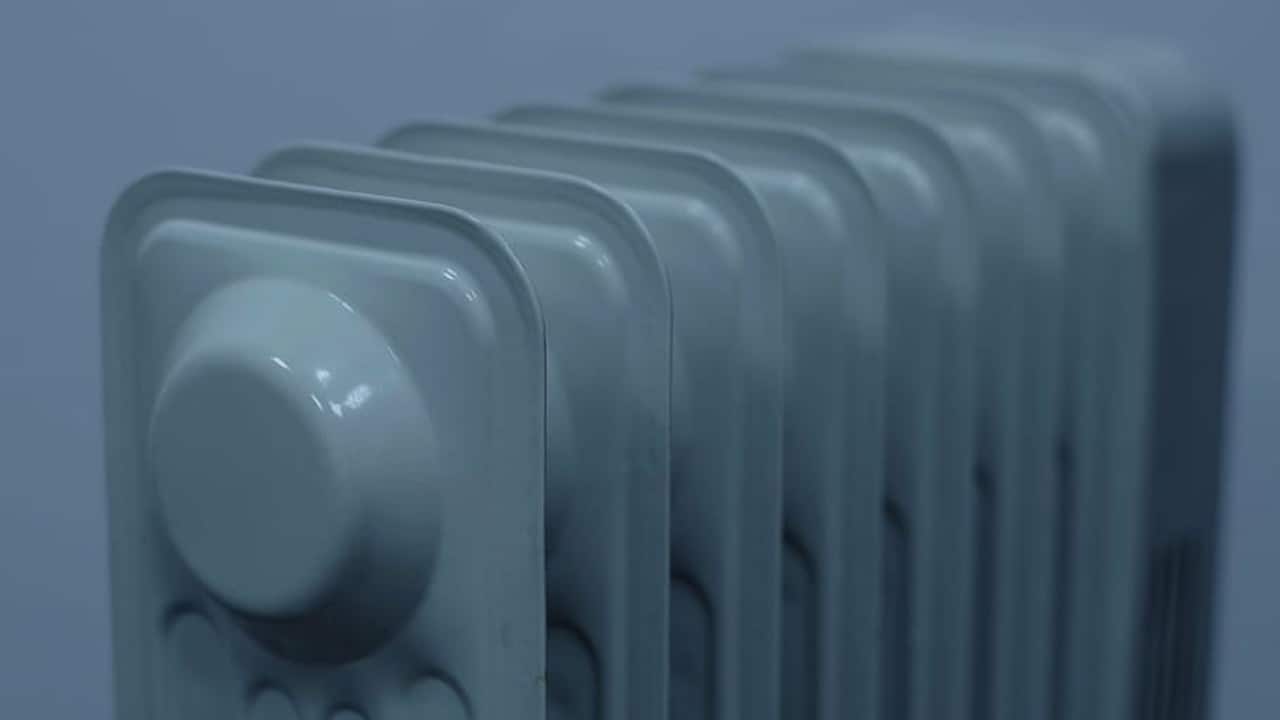
- You’re going to look inside the boiler heating system.
- Turn the switch off and let it cool down before starting to work on the boiler.
- Remove the front panel of the boiler and set it aside.
- Behind the front panel is a door, just pull it open.
- You will see soot caked inside the bowl.
- If the bowl is cracked, do not use cement to repair the bowl. The bowl is made of materials to stand the excessive heat of the boiler. The cement will eventually crack and crumble inside the bowl. Replacing the bowl is the safest way to avoid other problems, including starting a fire.
- Attach a long neck hose to the vacuum cleaner and remove the soot which is causing the black smoke.
- Brush the soot off the side panels and the inside of the pipe that connects to the outside of your home.
- Change the small faucet on the bottom of the boiler. It will leak after a period of time and will leave water on the floor.
- If you notice a problem with the nozzle, changing the filters, electrodes, igniter or the motor during boiler maintenance, call a professional technician to correct the problem.
More Boiler Maintenance Tips
Before the season changes into cold weather:
- Fill the tank with oil.
- Have two five-gallon containers on hand to fill with diesel oil in case of emergencies.
- Make sure the radiators are bled so the heat will flow freely and all vents are free of dust and other debris.
Schedule a yearly service for your oil boiler. Taking steps to head off costly repairs with regular boiler maintenance will increase the life span of your heating system and lower your energy costs.
